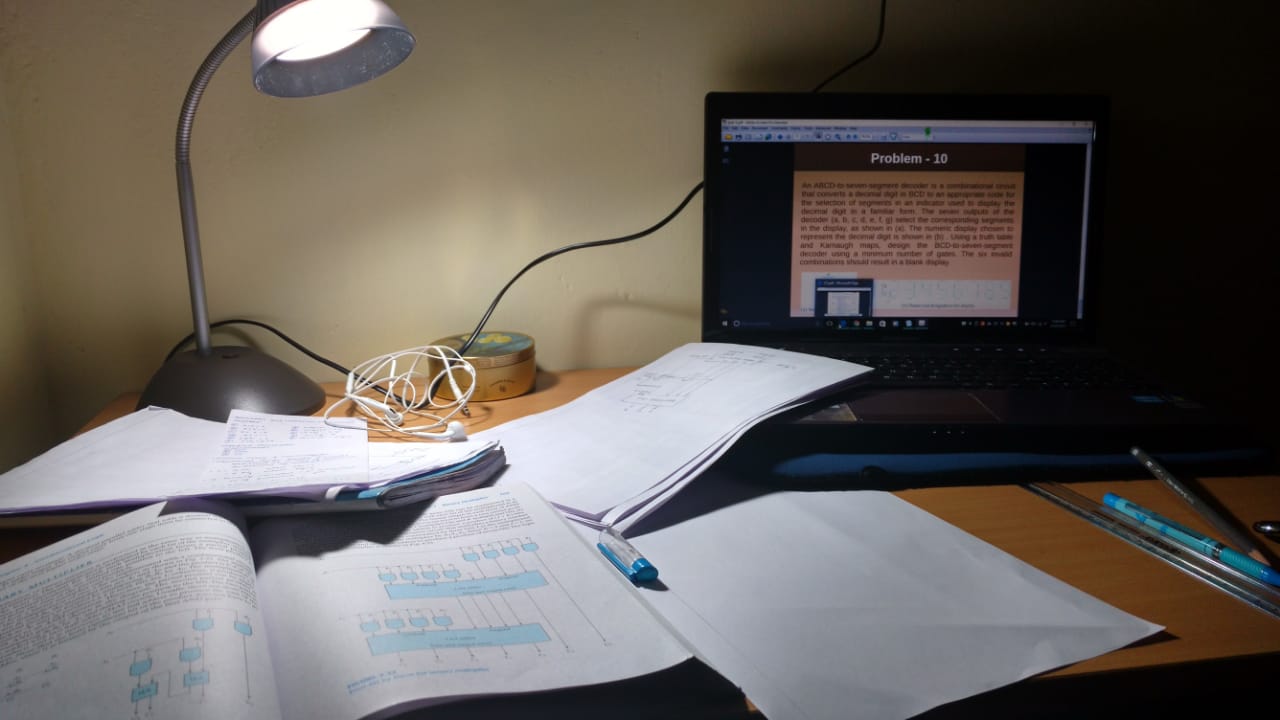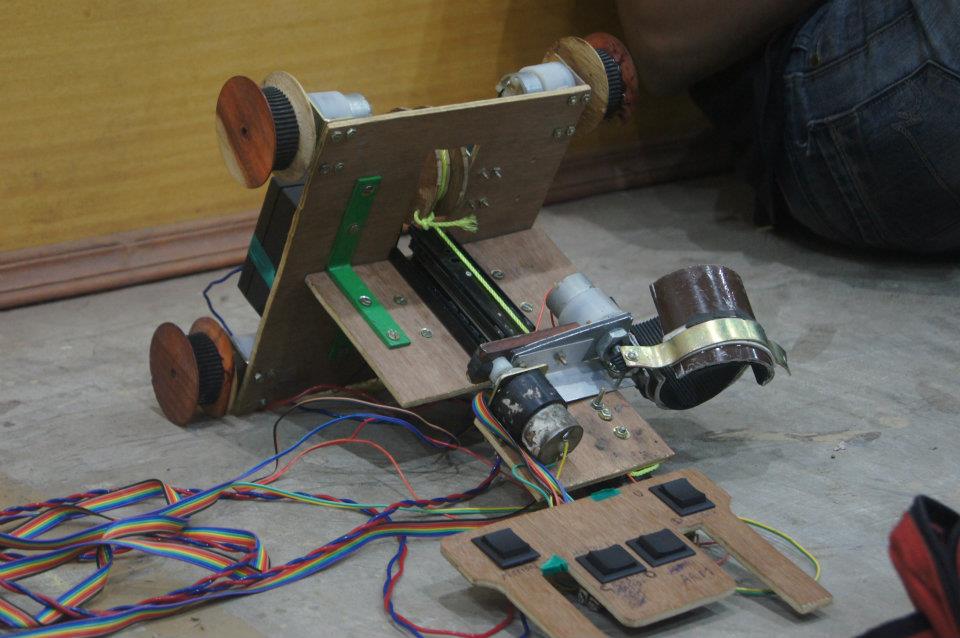Note: The pictures that were earlier appended to this piece have been removed at the request of the administration, who were of the view that their reproduction may be counterproductive. We wish to clarify that this opinion piece is not a comment on the rest of mitr’s work, and only seeks to point out the issues with the content of the posters.
There are some things one does not joke about in certain contexts. Rape. The Holocaust. Suicide.
Today, with ‘memes’ and social media ‘trolling’ being accepted as legitimate satire and humour, it’s hard to keep away from the lure of using the ‘quirk factor’ to catch people’s attention. But sometimes, it’s not okay to be lighthearted and flippant. Sometimes, it is necessary to follow certain conventions in the public treatment of some issues, because they remain painful subjects for the people involved, and an effort to ‘reach out’ to them could prove detrimental if not sufficiently well thought out
The mitr is supposed to promote awareness and sensitivity among the student community regarding issues like suicide and ragging. In this capacity, any targeted effort to help students must reflect genuine concern and the gravity of the issue. The posters that have cropped up in the last few days, as part of ‘Suicide Prevention Week’, were aimed at precisely this, we’re sure, but a good intention does not a good deed make. The posters used caricature-like images of suicide and the quote “When you come to the end of your rope, tie a knot and hang on”. What message does the imagery used convey to students? It merely illustrates the lack of thought that went into the posters’ making, and has all the appearance of a botched last-minute effort.
One cringes to think of the impact this may have on students who are facing genuine issues; these posters may do the opposite of what they were meant to do: assure that such cases will be taken seriously, and that help is at hand. What one sees instead is the trivialisation of a serious issue with insensitive images and quotes. They simplify suicide into the result of a purely personal problem; an escapist tendency that the victim just didn’t fight enough.
These posters reflect the larger, much darker issue of how suicide is seen within campus. Approaches to the issue range from using the legal constraints on information-sharing as an excuse to brush the issue under the carpet, to a sort of blaseness and desensitisation that is frightening. Last year’s Diwali celebrations, despite a suicide having taken place just days before, disturbed many.
What is required is a more sensitive handling of suicide — an Institute-wide attitude of silence and tactlessness will only serve to retain the stigma around suicide. We hope that apart from offering professional support and initiating publicity campaigns, the organizations involved are able to bring subtler aspects of understanding and acceptance into the equation. After all, suicide prevention, like any other prevalent social issue, is not just about the victims, but the society of which they are part.
Prof. Arul Jayachandran, the Mitr Chief Advisor has written a response to this Editorial, which T5E has published here.
In the backdrop of the suicide on campus last year, T5E had published an interview with Dr. Prabhakar Thyagarajan, consultant psychiatrist at the Institute Hospital. You can read it here.



